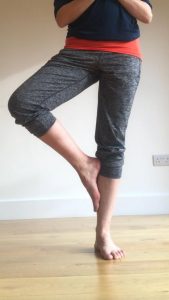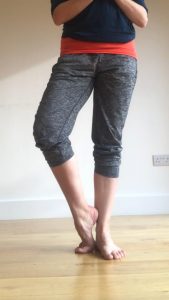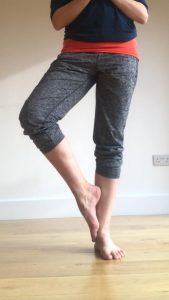In recent years, holistic approaches to health have all seen a surge in popularity – and with good reason. More than just placebo effect, practices like acupuncture have demonstrated a positive impact on health and well-being.
Pilates is another discipline that focus on core strength and balance.
Interestingly, both Pilates and acupuncture—have much in common. From similar effects on the body to a concentration on mental cohesion, Pilates and acupuncture offer a world of tangible benefits, especially when practiced simultaneously.
Same Systems?
Western medical acupuncture involves stimulating sensory nerves under the skin and in the muscles of the body.
This results in the body producing natural substances, such as pain-relieving endorphins. It’s likely that these naturally released substances are responsible for the beneficial effects experienced with acupuncture.
Traditional acupuncture is based on the belief that an energy, or “life force”, flows through the body in channels called meridians. This life force is known as Qi (pronounced “chee”).
Practitioners who adhere to traditional beliefs about acupuncture believe that when Qi doesn’t flow freely through the body, this can cause illness. They also believe acupuncture can restore the flow of Qi, and so restore health.
Pilates also focuses on bodily movement. A typical Pilates regimen features movements designed to engage and rebalance the “myofascial meridians”. When these fascial and muscle chains are working in coordination the body can work as an integrated whole – a collaboration of many systems.
Real Relief
So, what really happens when you combine Pilates and acupuncture? According to new research published by The Mayo Clinic, acupuncture was found to dramatically relieve lower back pain and improve overall mobility.
With the addition of Pilates, the overall impact of acupuncture is only increased. Given that the overarching goal of Pilates is to improve core balance and function, the two practices can truly work in tandem – building a healthier and more balanced you.
If you would like to understand more about the benefits of acupuncture alongside your Pilates practice then visit our website www.durhamhousechiropractic.co.uk and book an appointment.

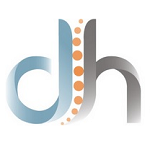

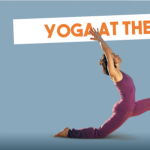
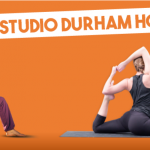
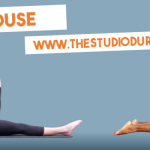
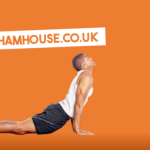
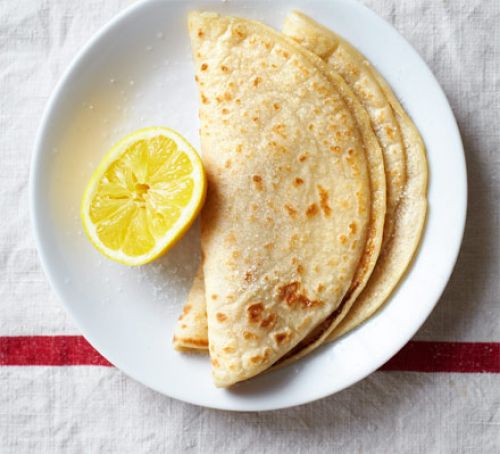


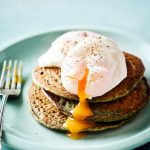
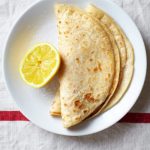

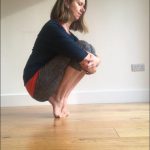 There are different variations of this asana. In the most commonly described version, the body balances on the toes with the heels lifted, then one leg is lifted and taken into lotus pose with the palms brought together in front of the heart.
There are different variations of this asana. In the most commonly described version, the body balances on the toes with the heels lifted, then one leg is lifted and taken into lotus pose with the palms brought together in front of the heart. In another variation of prapadasana, both feet remain on the ground and the hips simply rest on the heels as the yogi balances on the toes. The hands may be brought into prayer position then lifted over the head. The knees can be kept together or taken wide apart.
In another variation of prapadasana, both feet remain on the ground and the hips simply rest on the heels as the yogi balances on the toes. The hands may be brought into prayer position then lifted over the head. The knees can be kept together or taken wide apart.
